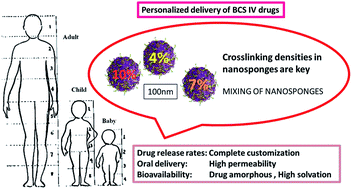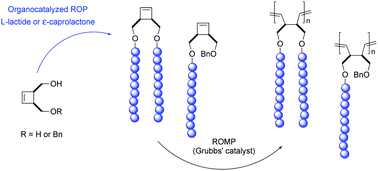This month sees the following articles in Polymer Chemistry that are in the top 10 most accessed from January – March.
Effect of ethylene carbonate on the ionic conduction in poly(vinylidenefluoride-hexafluoropropylene) based solid polymer electrolytes
S. Ramesh and Ong Poh Ling
Polym. Chem., 2010,1, 702-707
DOI: 10.1039/B9PY00244H
Thiol-ene “click” reactions and recent applications in polymer and materials synthesis
Andrew B Lowe
Polym. Chem., 2010,1, 17-36
DOI: 10.1039/B9PY00216B
The power of light in polymer science: photochemical processes to manipulate polymer formation, structure, and properties
Shunsuke Chatani, Christopher J. Kloxin and Christopher N. Bowman
Polym. Chem., 2014,5, 2187-2201
DOI: 10.1039/C3PY01334K
Self-healing and self-mendable polymers
Jay A. Syrett, C. Remzi Becer and David M. Haddleton
Polym. Chem., 2010,1, 978-987
DOI: 10.1039/C0PY00104J
Progress in ionic organic-inorganic composite membranes for fuel cell applications
R. K. Nagarale, Woonsup Shin and Pramod K. Singh
Polym. Chem., 2010,1, 388-408
DOI: 10.1039/B9PY00235A
Phenylboronic acid-based glucose-responsive polymeric nanoparticles: synthesis and applications in drug delivery
Rujiang Ma and Linqi Shi
Polym. Chem., 2014,5, 1503-1518
DOI: 10.1039/C3PY01202F
Sustainable polymers: replacing polymers derived from fossil fuels
Stephen Miller
Polym. Chem., 2014,5, 3117-3118
DOI: 10.1039/C4PY90017K
Multi-stimuli responsive polymers – the all-in-one talents
Philipp Schattling, Florian D. Jochum and Patrick Theato
Polym. Chem., 2014,5, 25-36
DOI: 10.1039/C3PY00880K
Recent trends in the design of anticancer polymer prodrug nanocarriers
Vianney Delplace, Patrick Couvreur and Julien Nicolas
Polym. Chem., 2014,5, 1529-1544
DOI: 10.1039/C3PY01384G
Redox-responsive polymers for drug delivery: from molecular design to applications
Meng Huo, Jinying Yuan, Lei Tao and Yen Wei
Polym. Chem., 2014,5, 1519-1528
DOI: 10.1039/C3PY01192E
Why not take a look at the articles today and blog your thoughts and comments below.
Fancy submitting an article to Polymer Chemistry? Then why not submit to us today!













